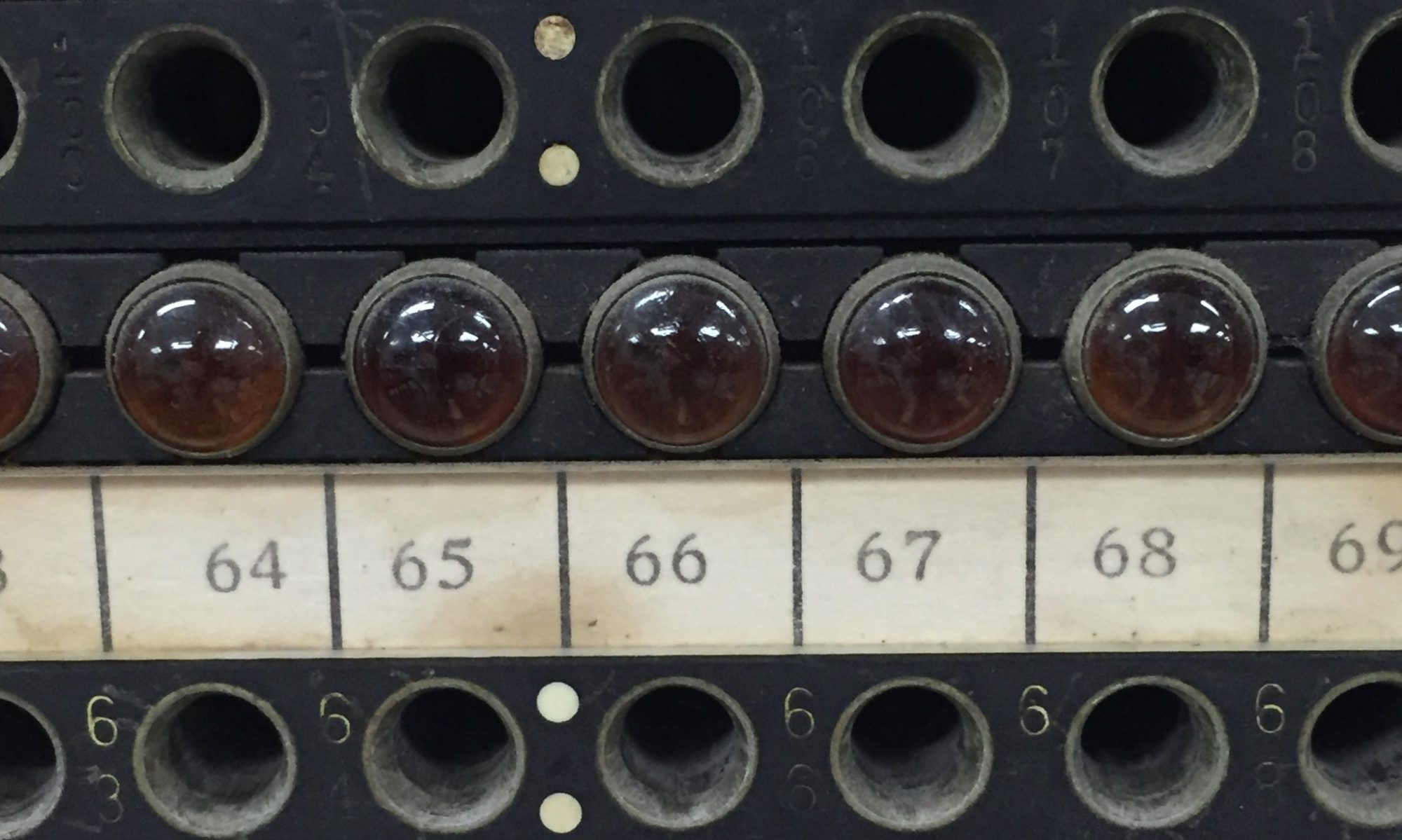Mistake #2
If you read Part 1.1, you’d know that one of the goals was to create a dial-in infrastructure for my vintage PCs. I got excited when I realized that the MLX cards/phones for the Merlin are actually ISDN! ISDN-BRI to be specific, and the literature even touts this feature as providing “data connectivity”. As such, I could (in theory) get something like a US Robotics Netserver or Courier i-modem, connect it to an MLX port, and possibly get 56k connections?? Sweet!
NOPE, well not yet anyway*. On paper, all of the above is true, however here in North America, ISDN-BRI lines weren’t as prevalent as they are in other countries. In addition, older lines and ISDN lines in other countries required a thing called an “NT1“; a box that adapts the line coming from the wall to the ISDN device. In that setup, the ISDN line has what’s known as a “U Interface” , and the jack coming out of the NT1 is the “ST (or S/T) interface”. Most North American ISDN hardware has the NT1 built into the device, so almost all plug directly into the wall as a “U Interface”. Unfortunately the MLX cards are all “ST Interface”, so I cannot connect a US-Based Courier i-Modem to the Merlin, at least not out of the box. I have 2 Courier i-modems that make great paper weights now, and can’t seem to find any that support the S/T Interface 🙁
* I’m poking around the inside of these to see if I can bypass the internal NT1; its likely not that straightforward but from what I can tell, it -might- be possible.
In addition to this, both the ST and U interfaces often use the same RJ45 connector, so it’s VERY hard to tell what interface a device supports looking at online auction listings, but so far, I found most products that were sold in the US are strictly U-interface. Booooo. There goes my “mini-virtual-56k-ISP” idea. No worries though, we can still play with regular modems.
